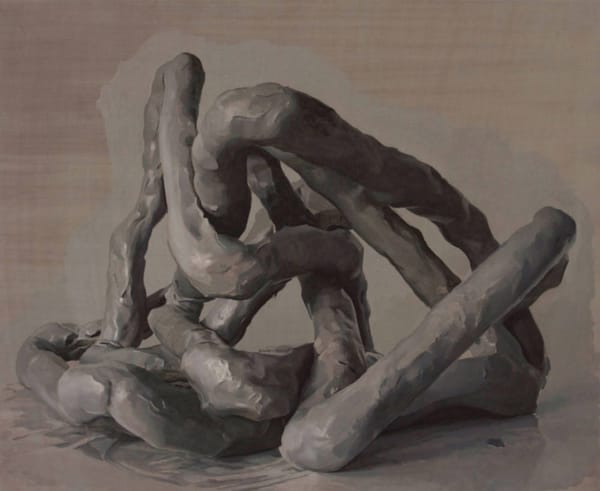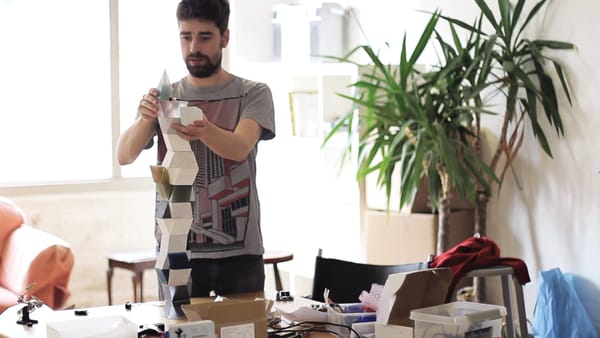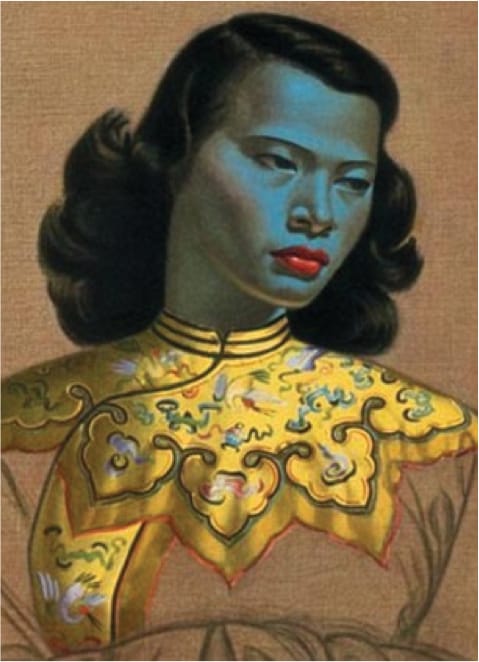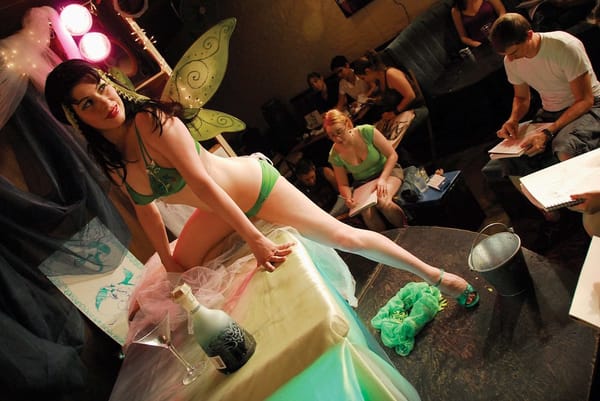Six Ideas for Trafalgar Square’s Fourth Plinth
The fourth plinth in Trafalgar Square has been a source of controversy practically since the day it was built. After sitting empty for over 150 years due to “insufficient funds”...
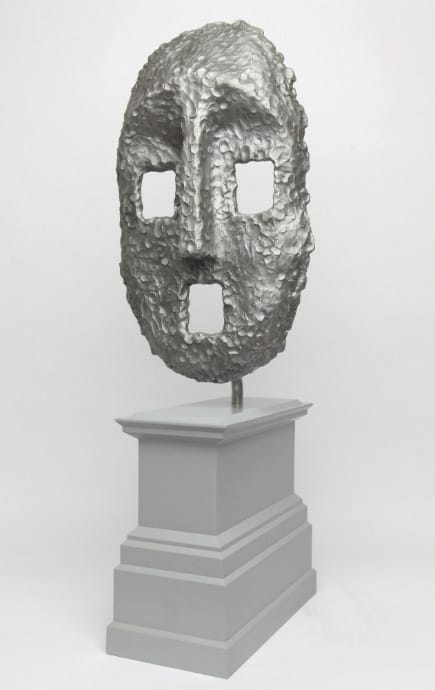
Really Good – David Shrigley
A 10m tall elongated thumbs-up sign, cast in bronze. What’s not to like? Really Good is a brilliantly sarcastic idea from David Shrigley, a Glaswegian artist known for his deliberately naive deadpan humour. Apparently Shrigley hopes that the sculpture, if made, will become a self-fulfilling prophecy, and “make Trafalgar Square, London, the UK and the world a better place”. But there’s always something a bit unnerving about aspects of the human body taken out of proportion that means it might not be popular. It’s also possibly, for the younger generation at least, a bit too ‘Facebook’.
The Dance – Liliane Lijn
The Dance is the only work in the current shortlist created by a female artist. The brainchild of American-born artist Liliane Lijn, The Dance would involve two identical aluminium cones powered by motors, their sections slowly moving and rotating towards and away from each other, as though dancing. The faux-futuristic materials and slick space age design make it oddly beautiful to watch these two beings engage with each other in such a peaceful way. But there’s some tricky logistics to consider. For example, what happens when one cone inevitably breaks down and – heaven forefend – the other ends up dancing on his own?
Gift Horse – Hans Haacke
Some critics are calling German-American artist Hans Haacke’s horse the most suitable idea, as it references the statue of William IV astride a horse that was originally intended for the fourth plinth all those years ago. Meanwhile the electronic ribbon tied in a bow around the horse’s front leg displays a live ticker of the London Stock Exchange, bringing the sculpture firmly into the 21st century and turning it into a gift for the nation.
Haacke’s works are often political, as he examines the relationships between art, power and money in his art. It seems this Gift Horse, with the somewhat grave and lonely imagery, is no exception.
Unmade Monument – Marcus Coates
The seemingly random rock formation proposed by Londoner Marcus Coates is in fact an exact replica of a stone outcrop that the artist spotted in Yorkshire. The outcrop, formed over hundreds of millions of years by natural processes, would contrast with the rigid, man-made stone structures in the square. Although abstract, it is practically impossible not to see features or figures in the rock, as it is human nature to search for such patterns in an attempt to make sense of the natural disorder. The sculpture would be a monument to creativity and power of nature, outside of a human context. Or perhaps it would just be a lump of rock.
Moon Mask – Ugo Rondinone
‘Our connection to other people is our face. Our alternate self is a mask’, says Swiss artist Ugo Rondinone. That’s why he proposes a giant mask, modelled by hand, as a universally recognisable icon for Trafalgar Square. The mask is intentionally abstract and basic, with no specific cultural references or origins. Viewers are free to identify any artistic associations or personal emotions in the mask’s blank steel face, from African tribal masks, to Cubist influences, to their own individual projections, as they peer through the window-like apertures. However this simplicity is also possibly its greatest failing, as it may render the structure bland, and rather uninteresting to view from behind.
Larger Squat Afar – Mark Leckey
For Larger Squat Afar, Turner Prize winner Mark Leckey has combined aspects from across Trafalgar Square to make one single structural entity. Details from the James II and Admiral Jellico statues, the central fountain and the plinth itself have all been incorporated into the absurdist design. Even the title is actually an anagram of Trafalgar Square! Leckey has often used elements of collage in his artwork, but more usually in video and music installations. However here he has attempted to create an actual physical structure, that is visually and emotionally greater than the sum of its parts.
Summary
The fourth plinth in Trafalgar Square has been a source of controversy practically since the day it was built. After sitting empty for over 150 years due to “insufficient funds”, since the late 1990s it has been home to some of the most talked-about contemporary artworks that Londoners have ever had the joy (or despair) of witnessing, from a life-sized figure of Christ to a giant ship in a bottle. The Fourth Plinth Commissioning Group announced last week the 6 piece shortlist for the 2015/16 display, from which two will be selected.
So which is your favourite? Do you prefer Leckey’s surrealist structure or Lijn’s dancing duo? Or perhaps you’d give Shrigley’s idea the thumbs-up? Visit the website or scan the QR code to cast your vote now – results announced in next week’s Felix!
tinyurl.com/ofqfwhn
Models of the six proposals are on show in the crypt of St Martin in the Fields church in Trafalgar Square until 17th November. Admission free.

